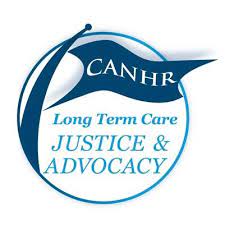Any older adult who resides in a nursing home in Orange County should be able to expect a certain level of care and should never have to worry about suffering serious harm as a result of neglect. Yet, as seniors and their family members learn much too often, as a result of intentional abuse and passive neglect resulting from understaffing at nursing facilities, elderly residents sustain serious and life-threatening injuries much more frequently than they should. One common harm resulting from nursing home neglect is dehydration, which can lead to serious complications. It is important to be able to recognize the signs and symptoms of dehydration in a nursing home and to know what you can do in the event an elderly loved one suffers harm as a result of dehydration.
What is Dehydration?
While the term dehydration might often be used more colloquially to refer to thirst, it is a condition that can be particularly dangerous for older adults who do not have sufficient fluids. According to the Mayo Clinic, a person can suffer from dehydration “when you use or lose more fluid than you take in, and your body doesn’t have enough water and other fluids to carry out its normal functions.”
 California Nursing Home Abuse Lawyer Blog
California Nursing Home Abuse Lawyer Blog













